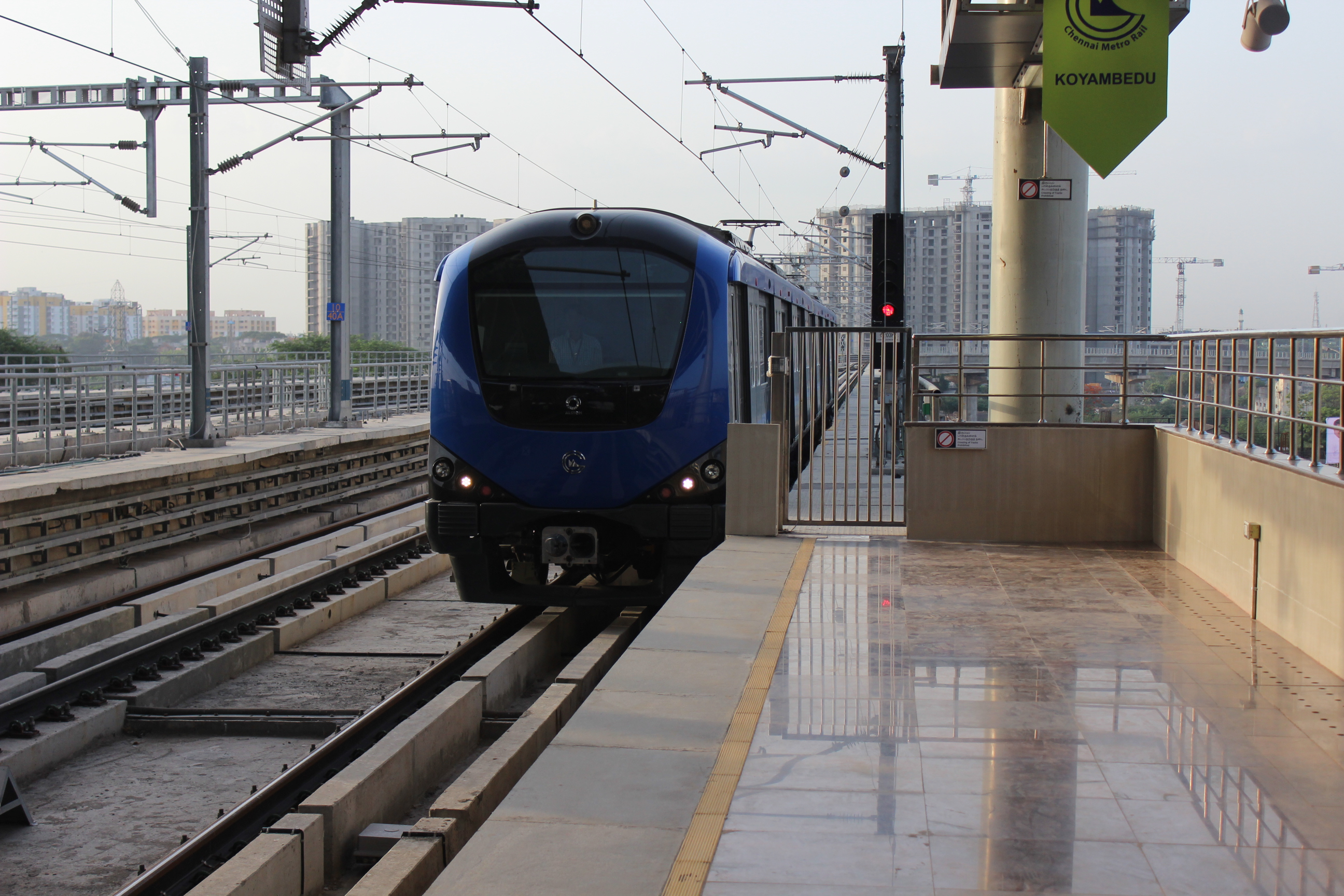This Innovation Is Allowing The Chennai Metro Rail To Generate Its Own Power!
This planet-friendly idea will also help cut down on harmful carbon emissions.

Metro rail systems in India have redefined the urban experience for many city dwellers. In cities with a functional metro system, commuters have an option for cheap and affordable public transport. Additionally, the use of regenerative braking technology (in some instances) has allowed metro rails systems to save on power and thus reduce the release of harmful carbon emissions.
In adopting the regenerative braking technology, each train of the Chennai metro rail system generates approximately a third of the power it consumes to run, according to this report by the Times of India.
Speaking to the publication, Chennai metro rail officials claim that a four-car rake running 400 km per day can generate power worth approximately 1,900-kilowatt-hour (kWh). To operate 400 km per day, a train consumes nearly 6,300kWh.
Most of this power generated as a result of regenerative braking is used by the train, with the additional amount transferred to the metro rail’s 33KV network.

“The power is used for lighting and running auxiliary systems on board,” a metro rail official told the publication. “In any transport system, fuel is the biggest expenditure. But the regenerative braking system can reduce dependency on the state grid. All our cars have traction systems to generate power; in EMUs [electrical multiple units], only the locomotive does,” the official added.
How does this technology work?
Whenever a vehicle slows down using brakes, it loses its kinetic energy in the form of heat in the brake pads. With regenerative braking, this wastage is avoided. In these trains, the three-phase traction motors perform the role of generators whenever a driver presses the brakes, converting the kinetic energy of the train into electrical energy. This power then goes into the overhead lines.
Read also: This Startup Can Reduce Your Vehicle’s Fuel Consumption by 25%!
Since the Chennai metro rail system, which operates 13 trains on 29 kms of operational line, meets nearly 30% of its energy requirements through its own trains, there is a significant reduction in the use of fossil fuel-generated power.
Read also: Railways Plans Projects Worth Rs 48,000 Crore in Northeast India
Even the much-lauded Delhi Metro adopted the regenerative braking system, which prevented 90,000 tonnes of harmful CO2 from entering the city’s air from 2004 to 2007. Another significant advantage is that commuters indirectly reduce the amount of carbon emissions released in the air, by not travelling on private cars and motorcycles.
Like this story? Or have something to share? Write to us: [email protected], or connect with us on Facebook and Twitter.
NEW: Click here to get positive news on WhatsApp!
This story made me
- 97
- 121
- 89
- 167
Tell Us More
We bring stories straight from the heart of India, to inspire millions and create a wave of impact. Our positive movement is growing bigger everyday, and we would love for you to join it.
Please contribute whatever you can, every little penny helps our team in bringing you more stories that support dreams and spread hope.


















